Introduction to Moscow State Institute of Culture
The Moscow State Institute of Culture is the largest university in Russia that trains experts in the field of international culture and art. It is also a leading institution of cultural and artistic education, training senior talents in many fields such as social and cultural activities, cultural management and economy, drama and music.
Overview
The school has more than 11,000 Russian students and 250 international students from 38 countries. Among the teachers, there are 12 academicians, 70 corresponding academicians, 145 professors and doctors, 275 associate professors, etc. It has 6 colleges, 35 departments, and 52 teaching and research offices.
History and establishment time
The school was founded in 1930. It was formerly the Moscow Library School. It was transformed into the Moscow State Institute of Culture in 1964. It was awarded university status in 1994 and in 1999 In 2000, it was renamed Moscow State University of Culture and Arts.
School Strength
Faculty: Strong faculty, including many academicians, professors, associate professors, etc. They have strong professional ability and rich experience, and many of them are experts in the field of culture and art.
Teaching achievements: Cultivated a large number of outstanding talents, such as De Aguzin and many other famous singers, artists, directors, etc., and graduates have made remarkable achievements in the field of culture and art.
Scientific research level: Great scientific research potential, won the highest award of the European University Presidents Club "European Quality Award", hosted an international forum in 2007, and promoted the innovation and development of cultural and artistic colleges and universities.
Institutional nature
Public non-profit higher education institution.
Educational philosophy
Focus on cultivating students' professional skills and comprehensive qualities, emphasizing cultural inheritance and innovation, cultivating students' love and sense of responsibility for culture and art, and committed to enabling students to master solid professional knowledge and skills and contribute to the development of culture and art.
Key laboratories and disciplines
Key disciplines: Art, humanities and social sciences are the focus, such as performing arts, music education, cultural management and other majors are in a leading position in Russia.
Key laboratories: No clear key laboratories were found, but the school has various professional laboratories and practice bases to provide support for teaching and scientific research.
Faculty
There are 6 colleges including the National Academy of Cultural Policy, the Academy of Arts, the Academy of Media Communication and Audiovisual Arts, the Academy of Music, the Academy of Dance, and the Academy of Continuing Professional Education.
Ranking
Ranked 44th in the 100 best universities in Russia selected by "Forbes" magazine in 2019, and ranked in the top 20 in graduate demand. It is one of the five best cultural universities in Russia; ranked 6693rd in the world in 2024 and 250th in Russia.
Expense
The economic package of the preparatory course is 250,000 rubles for 6 months, the standard package is 290,000 rubles for 6 months, and the advanced package is 330,000 rubles for 6 months; the tuition fees for undergraduate and master's majors are different, and the total annual budget is about 70,000-100,000 yuan.
Campus environment
The school is located in a picturesque corner of Moscow, with beautiful natural environment, the wide and clear Volga River, and fresh air. The campus has modern teaching buildings, comfortable dormitories, a book center in cooperation with a large library, a university club, etc., providing students with good learning and living conditions.
-

Peter the Great St.Petersburg Polytechnic University
-

Moscow State University M. V. Lomonosov
-
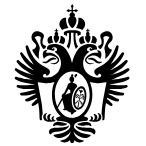
St. Petersburg State University
-
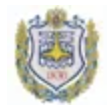
Bauman Moscow State Technical University
-

Tomsk State University
-

Peoples' Friendship University of Russia
-

Don State Technical University
-

Moscow Institute of Physics and Technology
-
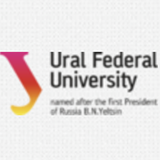
Ural Federal University
-
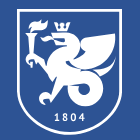
Kazan Federal University
-

Mesoamerican University
-

Istmo University
-
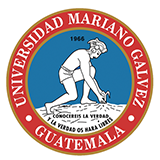
Mariano Galvez University of Guatemala
-
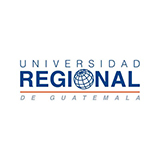
Regional University of Guatemala
-
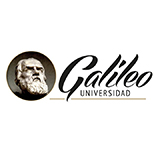
Galileo University
-
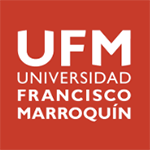
Francisco Marroquín University
-

Rafael Landívar University
-
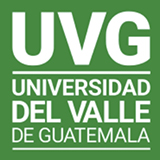
University of the Valley of Guatemala
-
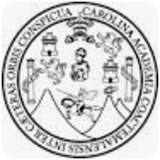
University of San Carlos of Guatemala
-

Technological Institute of Tlaxcala Plateau
-

Golfo University
-
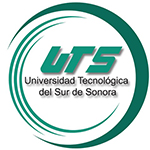
Technological University of South Sonora
-
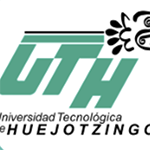
Technological University of Huejotzingo
-

Tizimín Institute of Technology
-

Chilpancingo Institute of Technology

